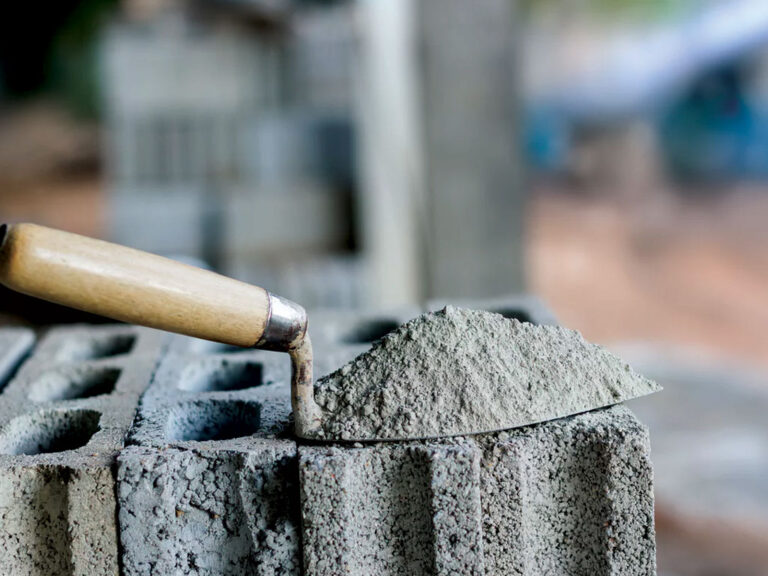
Name an industry, and it probably took a hit under the Covid-19 pandemic. Automobiles? Collapsed. Textiles? Already had one foot in the grave but crumbled entirely. And let’s not even consider how oil did. But there is one industry that has done well consistently. Cement.
It was told well ahead of time of the shutdowns to take place in April, had time to prepare, and survived the onslaught of the pandemic with government buffers in place. The result? Fast forward a year later, and local cement sales stood at 57 million tons. According to Shahrukh Saleem, senior investment analyst at AKD Securities, an investment bank, that is the highest ever recorded sales.
To recap: the construction sector went all out lobbying the government to keep the industry running, mostly so daily wage earning labourers would not be put out of work. As a result, the cement sector picked up significantly in 2020. First, the interest rate was cut significantly by 625 basis points to 7%, helping with loan repricing, and new loans for large projects.
Second, the federal government announced a construction package in April 2020, upon which investors will also be granted a waiver of up to 90% on tax, if they are investing in construction projects under the Naya Pakistan Housing Scheme. The government also followed up with more incentives for the industry in the new budget for fiscal year 2021. Around Rs69 billion was allocated for dams, and Rs30 billion was allocated for the Naya Pakistan Housing Scheme.

Third, the central bank asked commercial banks to allocate 5% of their total lending to the construction sector (banks’ current exposure to the sector is only at 1% of overall advances). This was provided at a low rate of 5% and 7% for five and 10-marla houses (one marla is around 225 square feet). Morse construction equals more cement.
The results are in. Local cement sales increased by 22% year-on-year for June 2021, while total cement dispatches for fiscal year 2021 stood at 57 million tons, or an increase of 19% year-on-year. Of that, local dispatches increased by 20% year-on-year to 48 million tons.
Most of this was due to an increase by the private sector, help from the construction sector package. A lot of the ‘growth’ however is due to the low base that the cement industry was starting out with anyway, amplified by Covid-19 restriction places in the fourth quarter of fiscal year 2020. Similarly, the significant increase of 46% month-on-month was because Eid-ul-Fitr holidays fell in May, partially pausing production and sales.
The south of the country had sales increase by 79% year-on-year, and 66% month-on-month. Still dispatches remained relatively low in May because of the Eid holidays, and in June as well because of greater Covid-19 restrictions in place. Meanwhile, demand in the north witnessed an increase of 14% year-on-year, and 42% month-on-month. Because local sales in the south increased so drastically, esports from that region actually declined (by 39% year-on-year and 17% month-on-month), as manufacturers shifted their sales mix towards local sales. Overall, exports stood at million tons for the year, increasing by 15% year-on-year.
Coal has been a pressure point for the industry, according to Saleem. Coal prices increased by 35% since December 2020; in fact, local manufacturers increased their prices by Rs25-35/bag in May. “We expect another increase of PkR20-25/bag to fully pass on the increase in coal prices,” explained Saleem. Utilization stood at 92% for June 21, which means local players have ample pricing power to increase prices – which will hurt the cement sector.
According to Saleem, the increase came on the back of a number of factors, including a shortfall of natural gas. There have also been supply side issues, such as flooding in Indonesia and Australia, along with an ongoing trade spat between Australia and China.
“Moving forward, we expect coal prices to remain elevated in the near to medium term as increase in demand has been supplemented by distortions in supply and global markets will take some to return to normalcy,” noted Saleem.
Still, Saleem is positive about the sector: after all, demand for cement is very high. He identifies Lucky Cement as a company to watch out for, as it has one of lowest cost producers, and has a diversified portfolio, which includes exposure to the booming automobile sector through Lucky Motors Corporation. Meanwhile, Maple Leaf Cement Factory is also a solid contender, as its line is run on pet coke making it least sensitive to coal prices.

Good article.
Apparatus Used for Abrasion Test
vibro stone columns
Comments are closed.